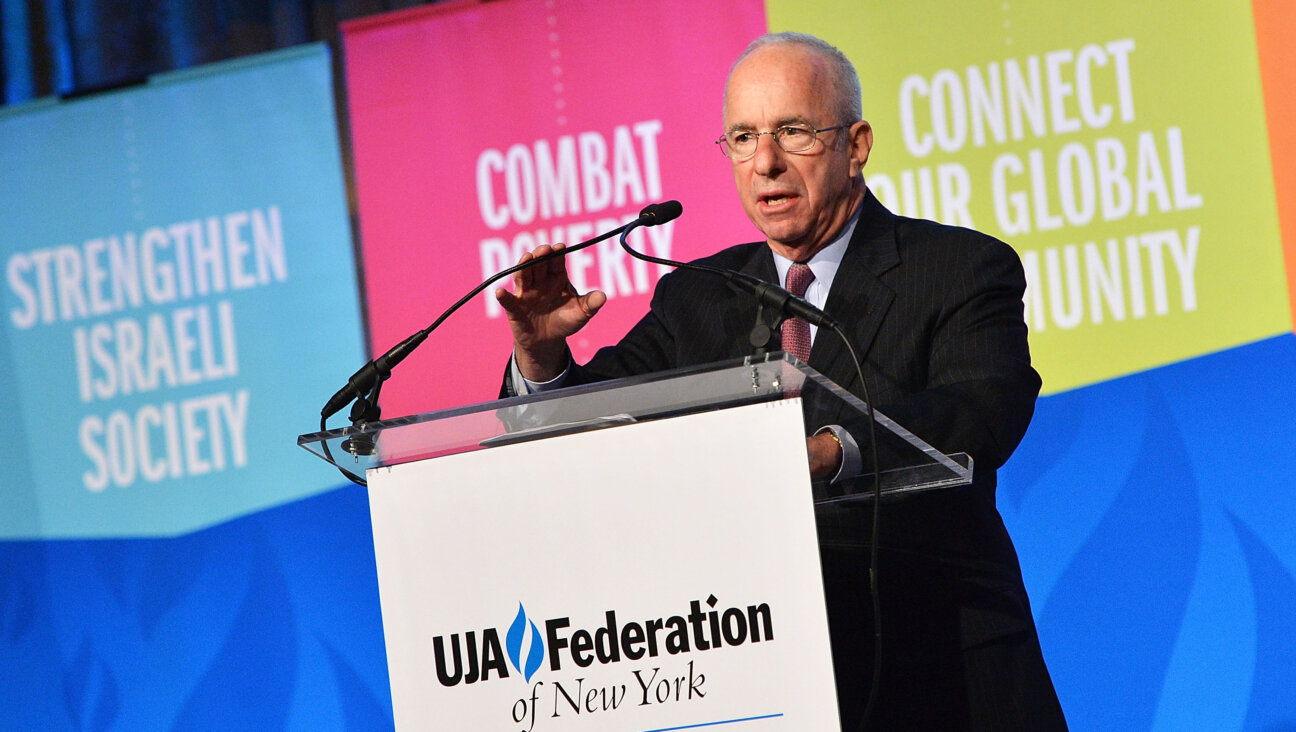Building a Strong Connection to Israel

Image by Wikimedia Commons
The posts on The New Spirituality blog are responses to Rabbi Sid Schwarz’s lead essay in his book, Jewish Megatrends: Charting the Course of the American Jewish Future (Jewish Lights). In that essay, which was posted on this site on May 5, 2016, Schwarz argues that any organization that hopes to speak to the next generation of American Jews needs to advance one or more of four key value propositions. They are: Chochma, engaging with the wisdom and practice of our inherited Jewish heritage; Kedusha, helping people live lives of sacred purpose; Tzedek, inspiring people to work for a more just and peaceful world; and Kehillah, creating intentional, covenantal communities that bind people to one another and to a shared mission.
To some extent, the work I do both in Israel and the US aligns with all four propositions, but with some more inherently than the others. The first, and most inherent one, would obviously be the third proposition which states the importance of community, kehilla. The movement of mission-driven communities in Israel, and the emerging parallel one in America, is first and foremost about living in a community, and about small, intimate and network-like communities as the most relevant response to the human existential predicament. However, we deal not merely with communities, but rather with communities with a purpose: mission-driven, or intentional, communities.
In Israel, a mission-driven community (kehilla mesimatit) is defined by having three pillars: (a) shared learning and life as a group; (b) life-long project as a community in the geo-social periphery; and (c) assuming social responsibility, and embarking on a social mission, relevant to the community’s locale. With some adjustments, the same definition is being applied in the US and informs the nascent movement of Jewish Intentional Communities there. I believe those three pillars can and should be paralleled to the remaining three propositions outlined by Schwarz:
• Group life based on learning are in fact an incubator for chochmah, for sharing Jewish learning in a deep and relevant way to our time. • The life-long aspect of intentional community life corresponds to the proposition of kedushah, although not necessarily in the religious sense in all cases, as it promotes purposefulness as a way of life. • The social mission and action component is obviously a manifestation of the tzedek proposition, as mission-driven communities promote social, economic and environmental justice in their immediate surrounding and beyond on a daily basis and in very efficient manners.
I think there is one specific area in Jewish life and practice that my work aspires to advance, which lies outside the aforementioned four propositions and deserves its own unique place: the connection to Israel. I applaud Schwarz’s analysis of “the new American Jews,” who – for the most part – do not derive their sense of Jewish identity and belonging from the persecution phobia of previous generations, or the Holocaust, hence their relation to the State of Israel is also dramatically different. If Jews are not persecuted as they used to be, and even if they are this shouldn’t be the basis of Jewish identity, why would someone feel affiliated with the State of Israel as a safe haven for Jews, who apparently don’t need one anymore? In addition, Israel’s complex geo-political situation for decades make it a much more complex issue to deal with in general for Millennials.
However, I believe Israel should, and still could, stay a cornerstone of Jewish identity in the 21st century, and in fact it is a crucial component of it. Besides the historic Jewish layers contained within its borders, however one defines them, Israel is slowly but steadily becoming the largest Jewish concentration on the planet and the major hub for Jewish learning, creativity, entrepreneurship and culture. Together with the American Jewish community, these are the two focal points of the Jewish people, pretty much setting its agenda. Keeping people and leaders, especially emerging community leaders, connected and synchronized across these two sides of the ocean is a vital piece in maintaining Jewish peoplehood over the long run.
Shockingly, or not, there is a lot more going on in Israel beyond its geo-political complexities. The huge movement of mission-driven communities, now counting more than 250 groups in 14 different networks with 10,000 members who reach half a million beneficiaries, is the largest one in the world and can serve as a key example to the social entrepreneurship of the Israelis, beyond Hi-Tech. As we have seen with Hakhel’s Israel trip, exposing young American Jews to this movement can dramatically change their point of view on Israel, inspire their personal Jewish voyage and inform their communal work back home. I think this is a key proposition the New Paradigm Spiritual Communities Initiative that should also be taken into account.
The Forward is free to read, but it isn’t free to produce

I hope you appreciated this article. Before you go, I’d like to ask you to please support the Forward.
Now more than ever, American Jews need independent news they can trust, with reporting driven by truth, not ideology. We serve you, not any ideological agenda.
At a time when other newsrooms are closing or cutting back, the Forward has removed its paywall and invested additional resources to report on the ground from Israel and around the U.S. on the impact of the war, rising antisemitism and polarized discourse.
This is a great time to support independent Jewish journalism you rely on. Make a gift today!
— Rachel Fishman Feddersen, Publisher and CEO
Support our mission to tell the Jewish story fully and fairly.
Most Popular
- 1

Culture Cardinals are Catholic, not Jewish — so why do they all wear yarmulkes?
- 2

Fast Forward Ye debuts ‘Heil Hitler’ music video that includes a sample of a Hitler speech
- 3

News School Israel trip turns ‘terrifying’ for LA students attacked by Israeli teens
- 4

Fast Forward Student suspended for ‘F— the Jews’ video defends himself on antisemitic podcast
In Case You Missed It
-

Yiddish קאָנצערט לכּבֿוד דעם ייִדישן שרײַבער און רעדאַקטאָר באָריס סאַנדלערConcert honoring Yiddish writer and editor Boris Sandler
דער בעל־שׂימחה האָט יאָרן לאַנג געדינט ווי דער רעדאַקטאָר פֿונעם ייִדישן פֿאָרווערטס.
-

Fast Forward Trump’s new pick for surgeon general blames the Nazis for pesticides on our food
-

Fast Forward Jewish feud over Trump escalates with open letter in The New York Times
-

Fast Forward First American pope, Leo XIV, studied under a leader in Jewish-Catholic relations
-
Shop the Forward Store
100% of profits support our journalism
Republish This Story
Please read before republishing
We’re happy to make this story available to republish for free, unless it originated with JTA, Haaretz or another publication (as indicated on the article) and as long as you follow our guidelines.
You must comply with the following:
- Credit the Forward
- Retain our pixel
- Preserve our canonical link in Google search
- Add a noindex tag in Google search
See our full guidelines for more information, and this guide for detail about canonical URLs.
To republish, copy the HTML by clicking on the yellow button to the right; it includes our tracking pixel, all paragraph styles and hyperlinks, the author byline and credit to the Forward. It does not include images; to avoid copyright violations, you must add them manually, following our guidelines. Please email us at [email protected], subject line “republish,” with any questions or to let us know what stories you’re picking up.
















